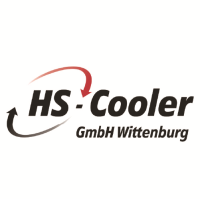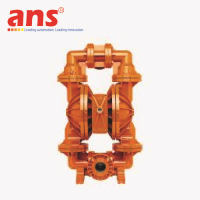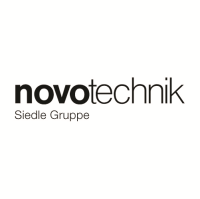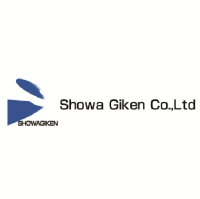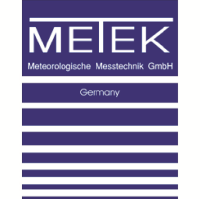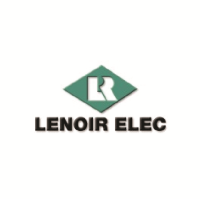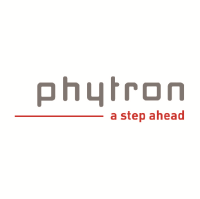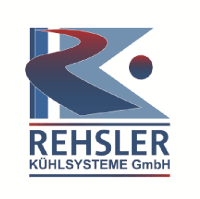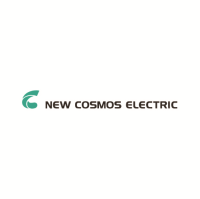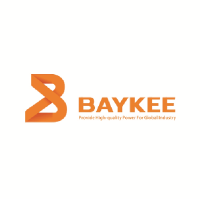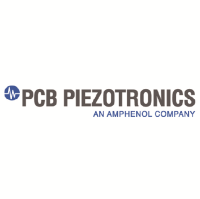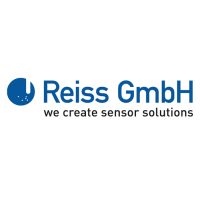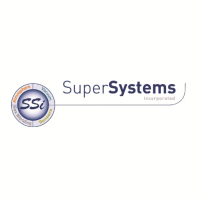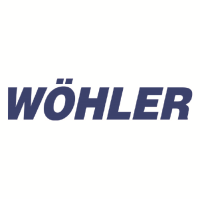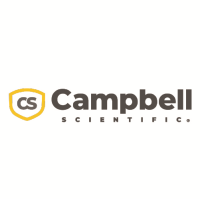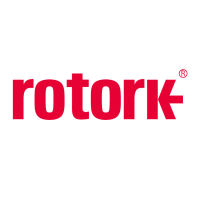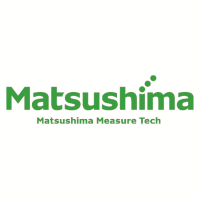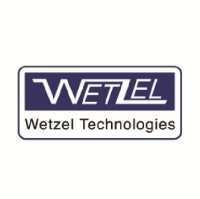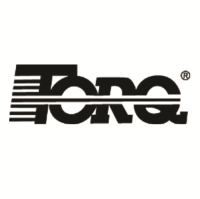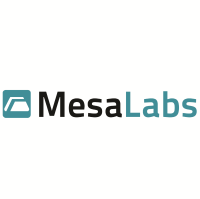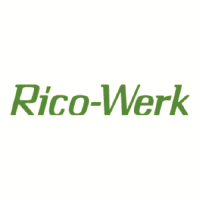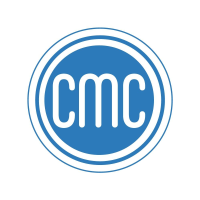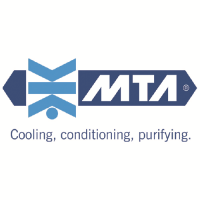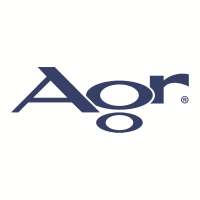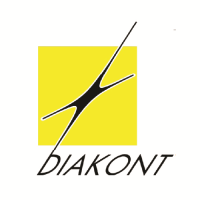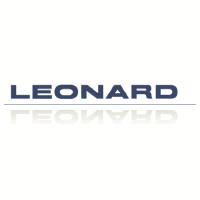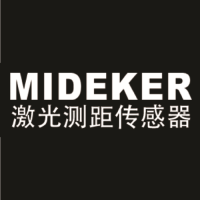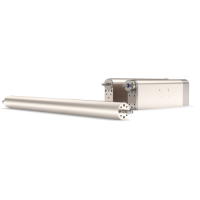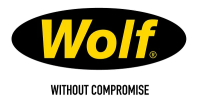AGR - Plastics in Packaging
Quadrupling your rPET content to 100 per cent is not as easy as simply flicking
a switch on your blow moulding line.Steven Pacittifinds out how a
German juice manufacturer managed the transition during a pandemic
C ompliance with Covid-19 safety measures triggered business disruptions all across the globe. Operations slowed down, and
many planned projects were put on hold. But for
European juice manufacturer Eckes-Granini,
a pause was out of the question.
The debut of its orange juice hohes C in
bottles made from 100 per cent rPET, a component of the corporate sustainability
programme, was scheduled for spring 2021.
Despite travel restrictions and limited plant
access, it was important for a successful launch
to install a critical piece of equipment, the Agr
Process Pilot automated blow moulder control
system, in the company’s bottle-making and
filling facility in Fallingbostel, Germany.
Working remotely from the US, the engineers with Agr’s Process Performance Optimization Group (PPOG) coordinated with on-site
technicians to set up and commission the
system in order to assure a smooth transition
to the new container parameters.
Subtleties of rPET
Eckes-Granini has been making its hohes C
bottles using 25 per cent rPET on Line 2 in
Fallingbostel since 2018. The line features a
KHS InnoPET FreshSafe block, which integrates a KHS Series IV reheat stretch blow
moulder with interior Plasmax coating and a
filling function within a single unit.
Maintaining the line’s speed of roughly 30,000
containers an hour, while switching to 100 per
cent rPET, was a new challenge for the plant.
“Sustainability is a big topic in our
company,” explains Tim Pageler, Fallingbostel’s production manager. “That applies not just
to the procurement of raw materials for our
products – for example, the fruit – but also, the
material we use in processing and packaging
should be 100 per cent sustainable. That’s why
we opted for 100 per cent rPET for hohes C
bottles, with the prospect of converting other
products to that format as well.”
But despite being “a new, modern plant
with well-trained people operating at a high
level in terms of efficiency”, says Pageler, the
move to 100 per cent rPET was a jump into
unfamiliar territory.
Bottle making, already a process
regarded as part art, part science,
becomes even more complex with the
introduction of variability, whether
from environmental conditions, operator skill, raw material, or other factors.
And variability is a characteristic that
reprocessed PET, as an amalgam of
resins from numerous sources, has in
abundance.
“Just imagine, we were coming from
a long tradition of using virgin resin,”
Pageler remarks. “Last year, we were at
25 per cent rPET, and now the goal was
to switch permanently to 100 per cent.”
Preforms made of rPET behave
differently in the blow moulder, adds
PPOG manager Paul Di Zinno. PPOG’s
team assists companies with pilot
deployments, and in training plant
personnel in the full use of the system’s
tools for data collection. Because Agr is
not affiliated to any specific blow moulder
manufacturer, the engineers can provide
whole-plant assistance even in facilities with
multiple blow moulder brands.
Unlike virgin resin, rPET oxidises during
reprocessing, taking on an undesirable
yellowish tint. To compensate, preform manufacturers typically add a carbon black toner,
either powder or liquid, which gives the rPET
preform a smoky grey appearance. But the
quantity or dispersal of toner in the preform
can be irregular.
“Even within a single batch of preforms,
there can be pretty big swings in the degree of
colourant,” Di Zinno comments.
These variations challenge the blow
moulder settings. Carbon black absorbs
energy more quickly, which in turn impacts
how much heat needs to be applied to the
preform during blowing. The changing material composition requires corresponding
changes in process settings, entailing the
need for frequent adjustments to the blow
moulder controls. When done manually, those
adjustments demand close operator attention.
Often, the corrections are purely guesswork,
and the results are unfortunate.
“Without knowledgeable attention, the blow
moulder will start
producing non-conforming bottles, which will
start coming out with
white feet, or jamming in
the labeller or falling
over in the bundler,”
notes Di Zinno. “These
downstream problems
are a direct result of not
being able to manage the
variability in rPET.”
Pilot solution
Those downstream problems have serious consequences. Not only do the disruptions result in
time lost to line stoppages, but frequent
restarts have a negative impact on productivity, schedules, and economics.
Equally adverse, with Fallingbostel’s block
configuration, bottles are filled immediately
after blowing, so if they are out of spec, they
waste resources – energy, preforms, the interior coating material, and, most importantly,
the product – a direct contradiction of the
company’s sustainability policy. Bottles with
defects also thwart the primary purpose of the
container: to protect the integrity of the hohes
C product and brand.
A visit to another bottling facility where
Agr’s Pilot system was operating prompted
Pageler to consider how it could help his
company make the transition to full rPET. He
notes that the system can compensate for the
heat impact of the uneven colourant in the
preforms, automatically adjusting the blow
moulder to handle the variation.
And this is the key to the system: it zeroes in
on material distribution, which is the most
important factor in bottle making. Installed
inside the blow moulder, the Agr system ties
Leading the juice sustainability charge
F rom its origin as a regional spirits company in 1857,
Eckes-Granini brought the
first ready-to-drink orange
juice, hohes C, to German
consumers in 1958.
In 2003, enabled by the
advent of aseptic filling
technology, the company
shifted hohes C production
from glass bottles to PET,
eliminating the need for
preservatives. Three years
later it became the first fruit
juice processor to incorporate coating machines on its
aseptic filling lines.
The patented Plasmax
coating process, developed
by KHS, deposits an ultra-thin
glass layer inside the PET
bottle, creating a barrier that
arrests oxygen penetration
and preserves flavours and
carbonation. For full sustainability, the glass layer washes
off during the recycling process, leaving the resin ready
for reuse.
Since then, the company has
installed KHS InnoPET FreshSafe block technology, which
eliminates long expanses of air
conveyor, is energy-efficient,
and keeps the product in
one contained environment
throughout filling.
Laying the groundwork
for an expanding corporate
sustainability programme, in
2018 Eckes-Granini adopted
the use of 25 per cent rPET in
the hohes C PET juice bottles
produced at its Fallingbostel
plant. The following year,
all its German locations had
become completely climateneutral, an accomplishment
that was extended to all its
European companies as of
1 January 2021.
As of this summer, the
company transitioned the
product into 100 per cent
recycled plastics, which
it claims saves more than
4,000 tonnes of virgin PET
and keeps 8,000t of carbon
dioxide from being released
into the atmosphere.
Further pushing the envelope, the use of 100 per cent
rPET will become the standard for all bottles produced
throughout the company by
the end of 2022.
into the machine’s control functions associated
with oven lamps, pre-blow pressure and start
time, and preform temperature set-point.
As it takes real-time measurements of the
sidewall thickness of every single bottle, it
instantaneously applies proprietary algorithms to analyse the data. If material distribution starts trending out of spec, Pilot automatically adjusts the corresponding blow
moulder function, redirecting resin placement
to maintain targets throughout the production run.
On Fallingbostel’s Line 2, Pilot equalises
whatever differences might exist among
preforms – and any other variables that might
crop up – assuring that bottles conform to the
specifications of their individual recipes.
“The goal for installing the Process Pilot
system was to buffer any quality fluctuations
that might occur with our preform suppliers,
and also to get a secure production and an efficiency gain,” Pageler notes.
Remote optimisation
Before Line 2 could begin operating with
Process Pilot, the PPOG engineers needed to
collaborate with Eckes personnel to finalise the
recipes, or blow moulder settings. Five 100 per
cent rPET bottles – all with distinctive shapes
and design elements like long necks, dimples,
and embossing – would gradually be introduced to the market: 1-litre hohes C, 1l Die
Limo, 1.5l hohes C Naturell, 750ml Bio, and
1l Trinkgenuss Granini.
In ordinary times, the engineers’ work is
a hands-on process, on site with the Agr
service technician and customer staff to
evaluate and tweak the recipes and controls.
However, due to Covid restrictions, just one
outside individual was allowed in the facility at
a time.
The work-around was to conduct the optimisation remotely, with the PPOG team
advising from their US locations while the
Agr service technician was in Fallingbostel.
This was easier said than done. It took some
experimenting with a mix of technologies to
set up the robust visual communication
system essential for real-time interaction
between both sides. In the end, the team
pulled together a hybrid scheme using cell
phones for audio and video and a virtual
private network directly connecting the engineers’ computers to the technicians and to
Process Pilot controls.
“For the engineers it was just like standing
at the Process Pilot control screen,“ Di Zinno
says. “They could click to individual data
screens and make changes from their PCs back
in the US, while watching and conversing with
the Agr technician and Fallingbostel personnel
at the blow moulder.
“They really prefer to pull out samples and
examine them, looking to see if there’s a puddle
of material in the base, for example, or if the
bottles are getting white feet, or maybe a problem is showing up in the neck.”
Knowing that rPET doesn’t stretch quite as
well as virgin resin, they paid particular
attention to the petaloid base, the area of
greatest stress.
“We were able to teach the systems quickly,
and within a few hours we were able to achieve
a good result, which then proved stable over
several days,” Pageler observes. “This makes
life easier for the operator, who can now concentrate on other things in the line.”
Agr’s Pilot Vision+ module, which the juice
manufacturer also installed, is a complement to
the Process Pilot safeguard. The module is a
vision-based quality management system that
detects random defects that occur during the
production of PET bottles. It provides a means to
critically evaluate blown bottles for flaws that
could compromise the quality of the finished
product and keep them from getting to market.
“There is still a need for visual inspections of
bottles, especially when using rPET,” Di Zinno
points out. “On Line 2, cameras examine the
sealing surface, sidewall, and base of the
bottles as they leave the mould, before exiting
the blow moulder itself. Those found to be defective are knocked off the line before filling,
preventing product waste and assuring no
compromised quality in the market.”
Pageler adds that Eckes-Granini has already
noticed that weight distribution in the bottle
wall is much more homogenous, while the
process is both “stable and reproducible”.
=====================================================
Click xem thêm ứng dụng sản phẩm khác
Đại lý phân phối chính hãng tại Vietnam
Báo giá ngay – Hàng chính hãng – Bảo hành 12 tháng – Tư vấn hỗ trợ kỹ thuật 24/7
Xem thêm sản phẩm hãng AGR tại đây
Xem thêm thông tin về thương hiệu khác tại đây
Xem thêm sản phẩm khác tại đây







